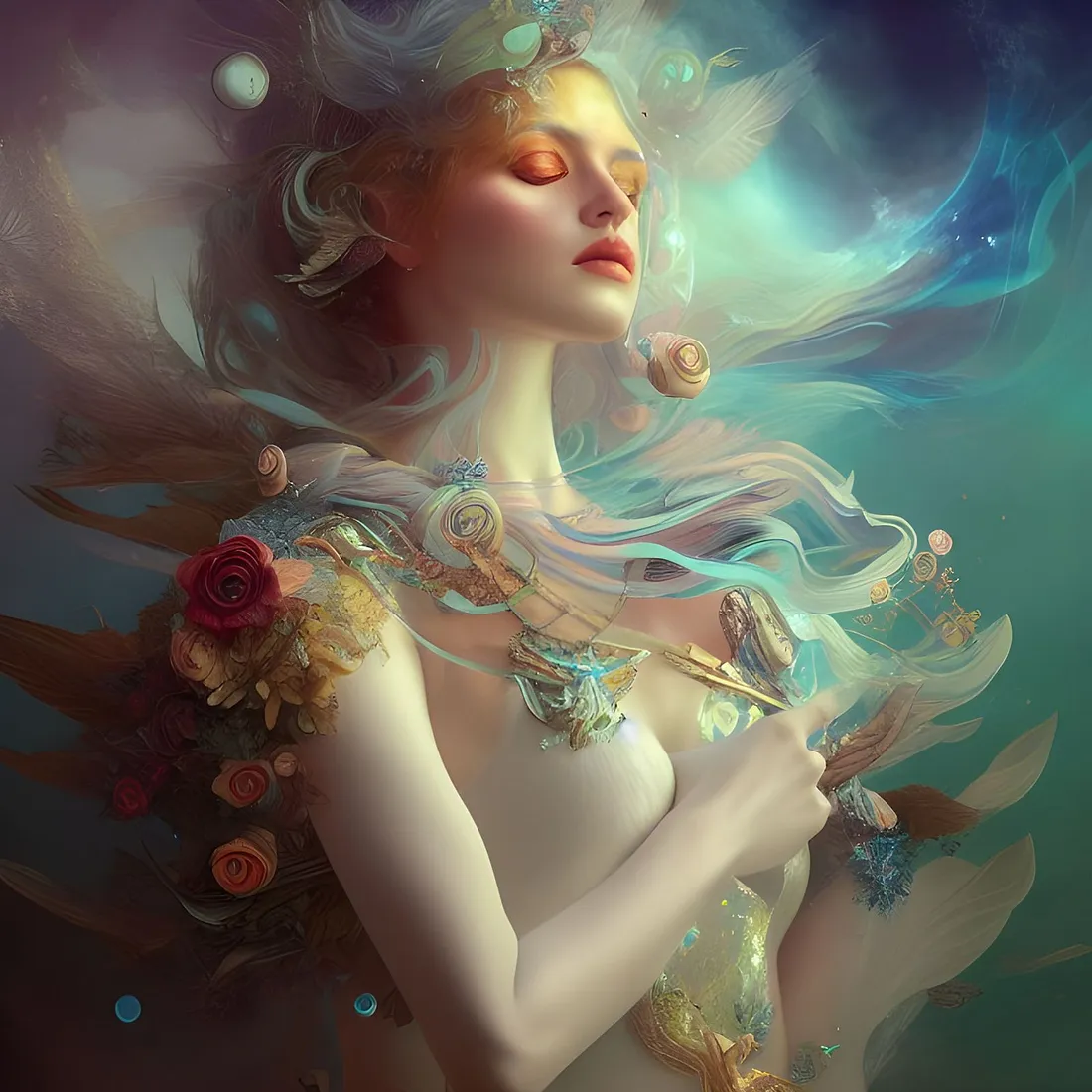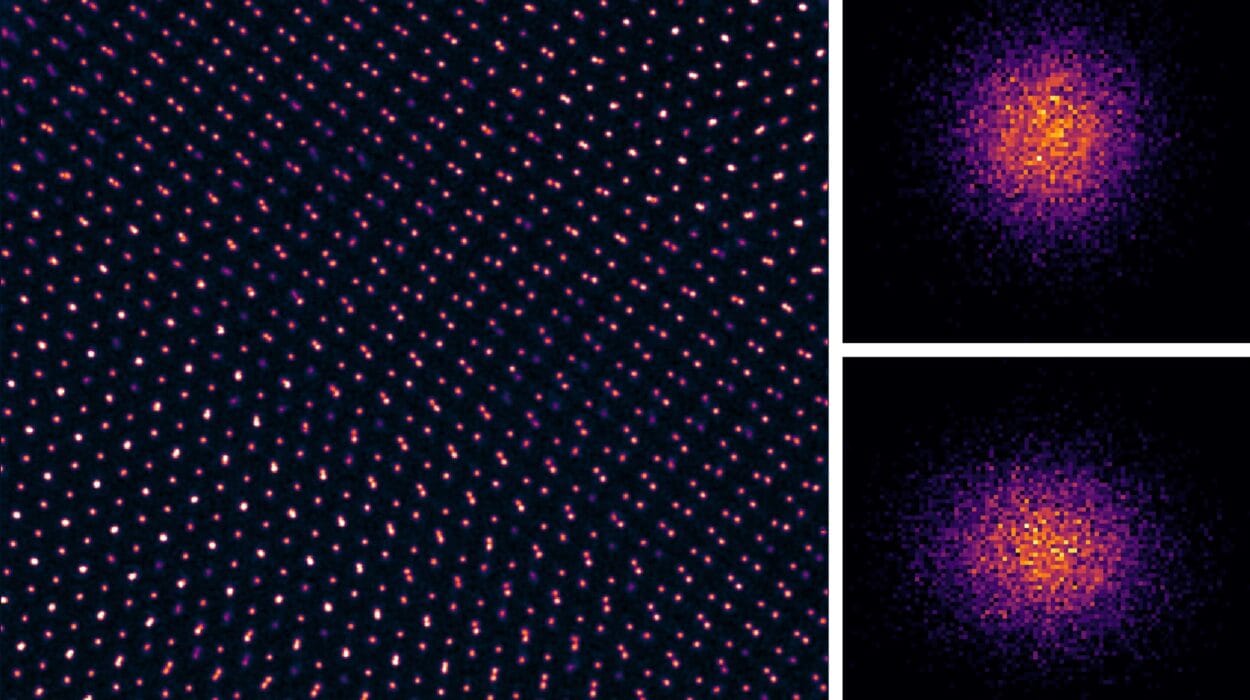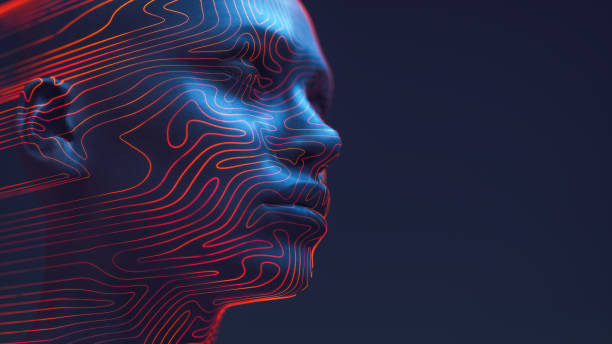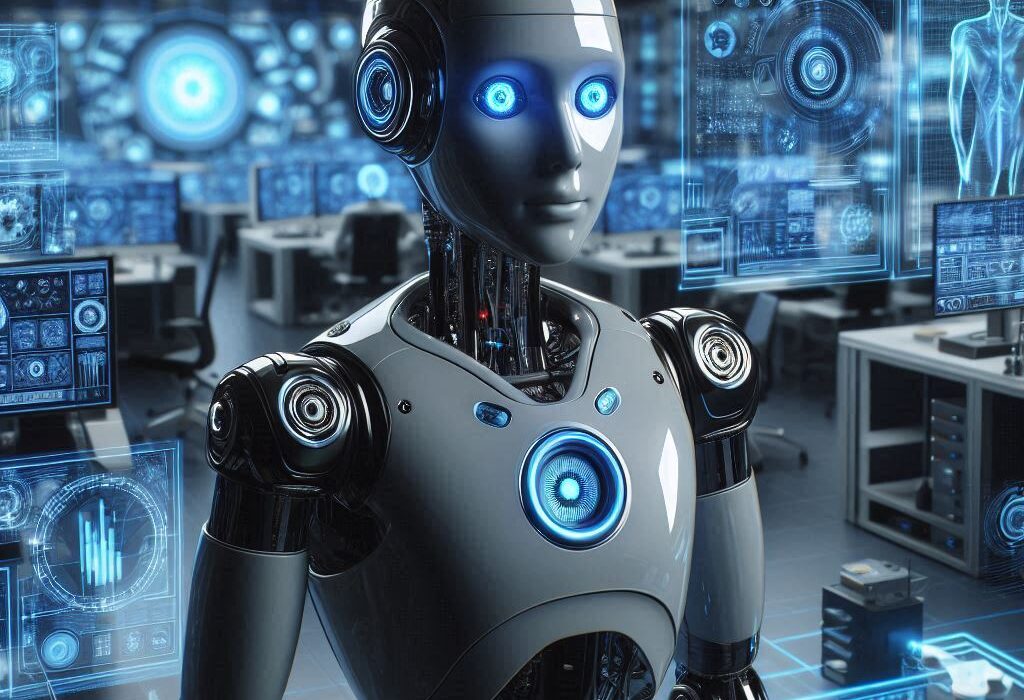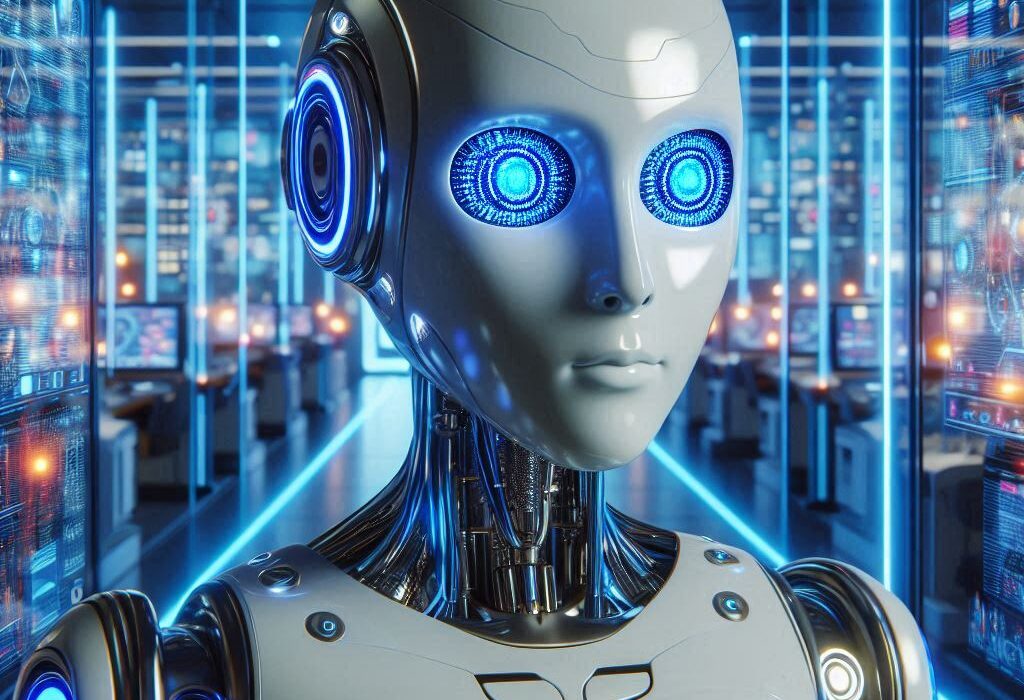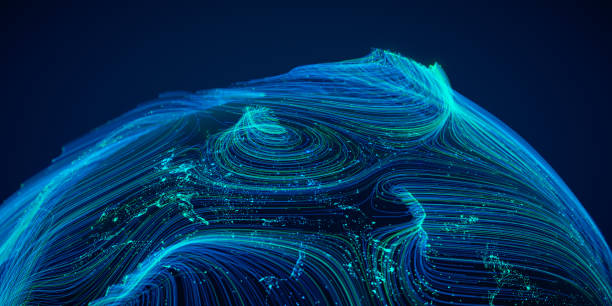In a dimly lit gallery in Berlin, a painting hangs that seems to hover between worlds. The eyes of its subject shimmer, mismatched in shape and shade. The background is a blend of dream and distortion—buildings melt into clouds, and skin flows like candle wax. It’s arresting, not because of what it is, but because of what it almost is. It feels familiar, but something about it is off. Viewers stare longer than they expect. Some look away in discomfort. Others are transfixed.
The artist’s name? An algorithm.
The painting, like thousands of others generated by artificial intelligence, holds within it the fingerprint of machine error—a kind of mechanical surrealism that human artists rarely stumble into naturally. These aren’t mistakes in the traditional sense; they are computational hiccups, artifacts of data patterns, misinterpretations of rules the AI doesn’t truly understand. And yet, they evoke emotion. They inspire thought. They unsettle. They thrill.
Why? Because there is something profoundly compelling about the strange beauty of AI’s artistic mistakes. It’s not just art—it’s a new language of human-machine collaboration. It’s a mirror reflecting not just who we are, but how we think, distort, simplify, and dream.
A New Kind of Artist Emerges
Artificial intelligence did not set out to be an artist. Early machine learning systems were designed for categorizing, predicting, translating. But with the rise of deep learning and neural networks, particularly generative models like GANs (Generative Adversarial Networks) and later transformers like DALL·E and Midjourney, something unexpected happened. Machines began to generate outputs that were… surprising.
These were not simply replicas of existing styles. They were reimaginings—strange collages of influence, dream logic made digital. A GAN might take a dataset of Renaissance portraits and produce a new face, one that never existed, with eyes just slightly too far apart or a mouth that seems to both smile and frown simultaneously. A text-to-image model like DALL·E might respond to the prompt “a snail made of harp strings” with something both delightful and eerie: a shell that hums, antennae that twist like tuning forks.
These aren’t errors in the conventional sense. The AI is doing exactly what it’s designed to do—generate statistically plausible representations based on its training data and prompt. But because the machine lacks intent or cultural grounding, the result often veers into the uncanny. The AI does not know that a human face has two symmetrical eyes, or that fingers don’t multiply like sea anemones. It has no concept of “anatomy” beyond what it’s statistically seen.
And this is where the magic happens.
When Error Becomes Expression
Historically, many art movements have been born from mistakes. Impressionism emerged partly from an inability to replicate photographic realism. Cubism distorted form to explore multiple perspectives at once. Abstract expressionists flung paint as much out of spontaneity as intention.
In this lineage, AI fits naturally—not as a rival to human creativity, but as a continuation of the creative process through a different kind of perception. It doesn’t make mistakes because it’s rebellious or inspired. It makes them because it doesn’t know better. And in that ignorance lies its accidental genius.
Take, for example, the AI-generated faces that have too many teeth. While early versions of DALL·E or StyleGAN struggled with realism, the result was often bizarrely expressive. A mouth overflowing with molars isn’t correct, but it’s memorable. It forces the viewer to notice the mouth, to feel something primal—unease, curiosity, even humor. In trying to replicate human form, the AI amplifies it, exaggerates it, sometimes distorts it into satire. It’s as if the machine is revealing not what we look like, but how we haunt ourselves in dreams.
Similarly, when AI-generated landscapes twist into impossible architectures—floating staircases, gravity-defying rivers, melting trees—it recalls the surrealism of Dali or the metaphysical spaces of de Chirico. But AI doesn’t intend surrealism. It simply fails to reconcile all the spatial data it’s consumed. The mistake becomes a style. The error becomes an aesthetic.
Learning Without Understanding
What makes AI’s artistic errors so captivating is that they come from a place of profound ignorance. A neural network doesn’t “understand” beauty, symmetry, or composition. It doesn’t feel the melancholy of a foggy shoreline or the ecstasy of a bursting star. It has no soul, no subconscious, no inner monologue.
Yet, it is trained on our culture—our paintings, our poems, our photography. It sees patterns across billions of pixels. It recognizes that certain arrangements of color and shape are statistically associated with “landscape” or “portrait” or “cat wearing sunglasses.” It learns from our collective output, but it doesn’t share our intentions.
So when it makes a mistake—say, placing eyes on a dog’s ears or giving a cathedral the curvature of a jellyfish—it’s not a breakdown. It’s an emergence. A new form, born from pattern without purpose.
Scientists refer to this as “non-interpretative learning.” The AI optimizes its outputs based on millions of examples, but it does not possess a model of the world. This makes it alien—and weirdly honest. When it gets something wrong, it reveals the cracks in our datasets, the biases in our tagging, the inconsistencies in our culture.
It’s not just that the machine makes mistakes. It makes our mistakes visible.
A Dialogue with the Machine
For artists, AI’s errors are not a bug—they are a feature. Many human creators now collaborate intentionally with these strange outputs, treating the AI less like a tool and more like a partner. They prompt, iterate, remix. They celebrate the weirdness.
In some cases, the process is almost musical—an improvisation between human and machine. The artist inputs a phrase. The AI returns a response. The artist tweaks the prompt, curates the output, layers new elements. Over time, a piece emerges that neither human nor machine could have made alone.
This process reflects a shift in artistic philosophy. No longer is the artist solely the master of the canvas. Now, they are a kind of conductor, orchestrating the errors, shaping the surprises, finding meaning in the nonsense.
In this context, AI’s artistic mistakes become the raw material of innovation. They push artists to see differently, to think beyond conventional forms. They invite us to consider how beauty might look through the lens of a non-human mind.
The Science of the Surreal
From a neuroscientific perspective, AI’s mistakes are especially interesting because they engage our brain’s pattern recognition systems in unfamiliar ways. Humans are hardwired to detect faces, symmetry, and familiar forms. This is why we see shapes in clouds and faces in toast.
When AI generates something that is almost a face, or almost a body—but just wrong enough—it triggers both recognition and confusion. Our brains light up in an attempt to resolve the image. The result is a kind of cognitive tension, a visual itch we can’t quite scratch. This tension creates emotional engagement.
This is known in psychology as “the uncanny valley”—a space where something appears nearly human but not quite. It’s why humanoid robots can be disturbing, and why AI-generated portraits with subtle errors are so hypnotic. The brain hovers between recognition and rejection.
In fact, studies using fMRI scans show that when subjects view distorted or surreal imagery—such as that produced by AI—there’s increased activity in both the visual cortex and the prefrontal cortex. We’re not just seeing—we’re trying to interpret, to assign meaning, to decode intent where none exists.
The strange beauty of AI’s mistakes, then, lies partly in us. The machine doesn’t mean anything. But we do.
Mistakes as Mirrors
Beyond the aesthetic, there’s a philosophical depth to AI’s artistic errors. They hold up a mirror not just to how machines learn, but to how humans do. They challenge our assumptions about creativity, intelligence, and originality.
We often think of art as an expression of self. But what happens when the artist has no self? When a model trained on millions of images creates something that moves us—but doesn’t know it has?
Some see this as evidence that art is more mechanical than we like to admit—that it’s all pattern and probability. Others see it as proof of art’s irreducibility: that even when a machine mimics the form, it cannot capture the spirit.
Either way, AI’s mistakes force us to confront the boundaries of authorship. Who owns an image created by code? Is it the developer, the user, the dataset, the algorithm itself? And when an AI-generated image brings someone to tears, who deserves the credit?
These aren’t just legal or technical questions. They are emotional ones. They are questions about what it means to be creative—and what it means to be human.
Toward a New Aesthetic
We are at the dawn of a new aesthetic era, one shaped not just by artists and critics, but by datasets, models, and codebases. In this era, perfection is less compelling than strangeness. Precision matters less than feeling. The glitch, the blur, the extra limb—they become part of the visual vocabulary.
Already, AI-generated imagery is reshaping advertising, film design, fashion, and literature. Designers prompt tools like Midjourney to invent new logos, patterns, or creatures. Novelists use AI to brainstorm surreal metaphors. Filmmakers storyboard with scenes born of AI hallucination.
But perhaps most intriguingly, viewers are developing a taste for this new kind of weird. A generation raised on algorithmic media is learning to appreciate the beauty in noise—the poetry of a mistake made by a machine that cannot know beauty.
This isn’t a rejection of human art. It’s an expansion. A new genre. A new dialect in the language of vision.
The Future of the Flawed
What happens next? As AI models grow more powerful, their ability to replicate human forms with perfect accuracy increases. Already, newer models generate photorealistic faces with stunning precision. The weirdness fades. The errors disappear.
But will we miss them?
Many artists think so. The quirks, the glitches, the unintentional distortions—they’re not just byproducts of immaturity. They’re evidence of emergence. They are clues that something new is being born, something that is not human but not entirely alien either.
Some researchers are now building models that intentionally retain a degree of imperfection, to preserve the creative spark. Others are exploring ways to harness machine randomness, using adversarial noise to unlock new aesthetics.
In this future, the line between mistake and masterpiece may blur entirely. And perhaps that’s fitting. After all, some of the most important artistic breakthroughs in human history began with accidents: a dropped brush, a cracked fresco, a misshapen pot.
Why should the machine be any different?
Final Reflections from the Edge of Logic
In the end, the strange beauty of AI’s artistic mistakes is not about the machine. It’s about us.
We look into the machine’s dreams and see fragments of our own—fractured, distorted, refracted through layers of code and noise. We see how we teach, how we distort, how we imagine. We see how intelligence, even artificial, can reflect our hopes and fears.
These mistakes are not failures. They are artifacts of exploration. They are signposts along the edge of creativity, guiding us into new territory.
And if we are willing to follow them—not to correct them, but to understand them—we might just discover that the most human thing about artificial intelligence is not its perfection.
It’s its capacity to get things strangely, beautifully wrong.
